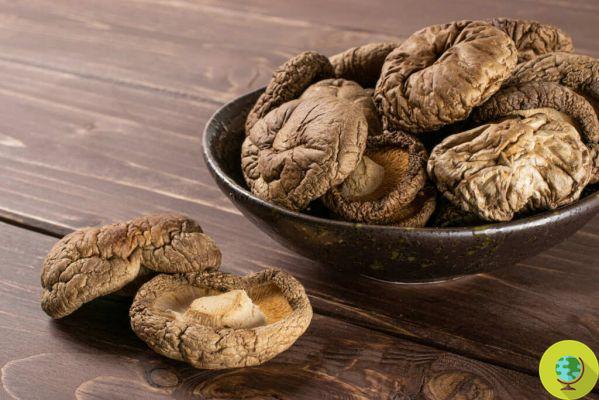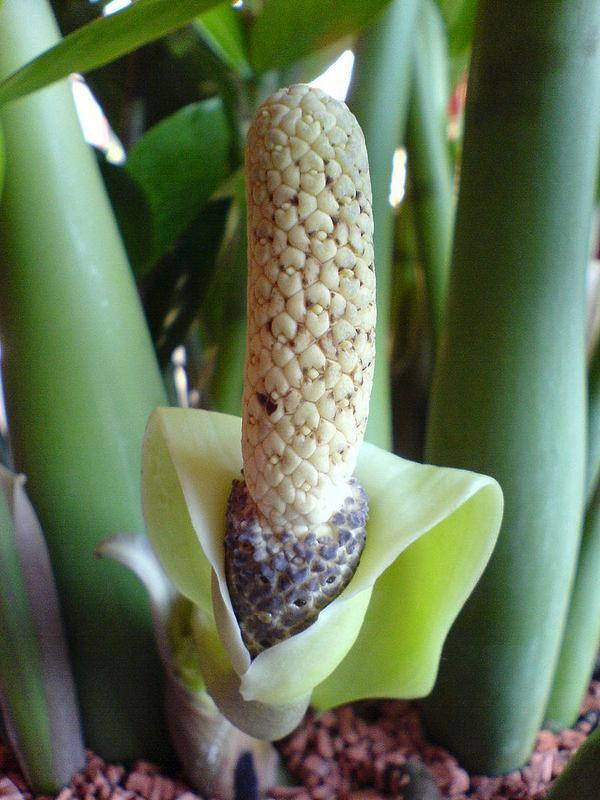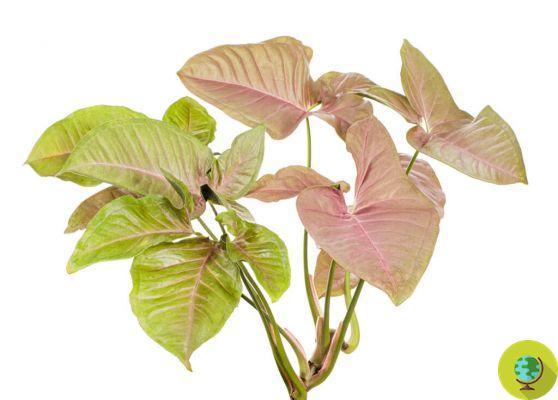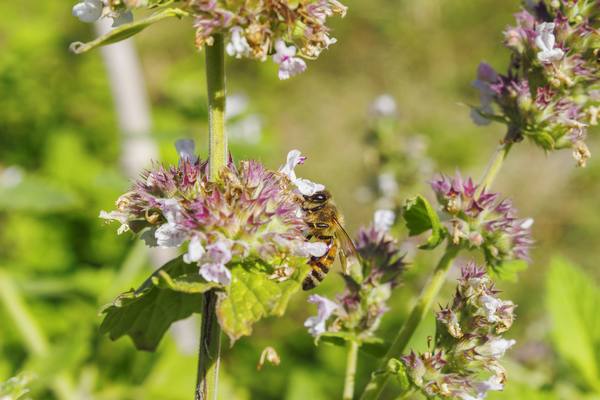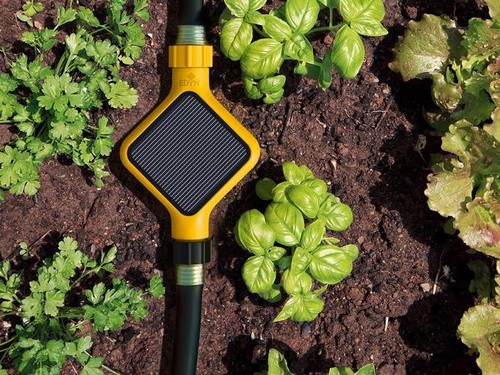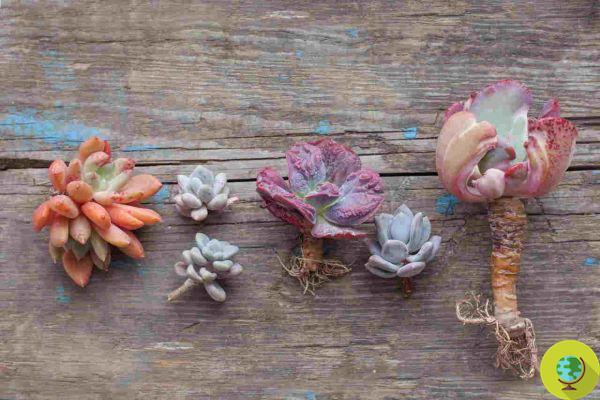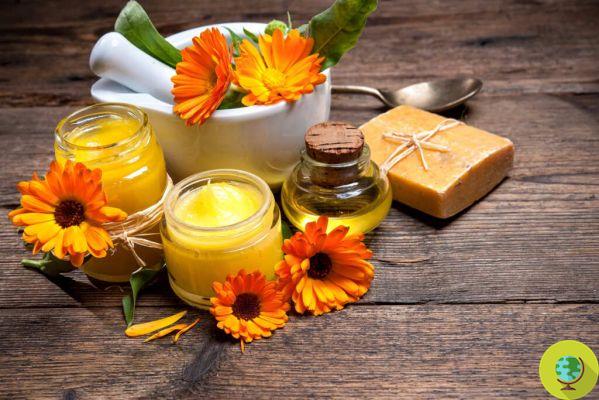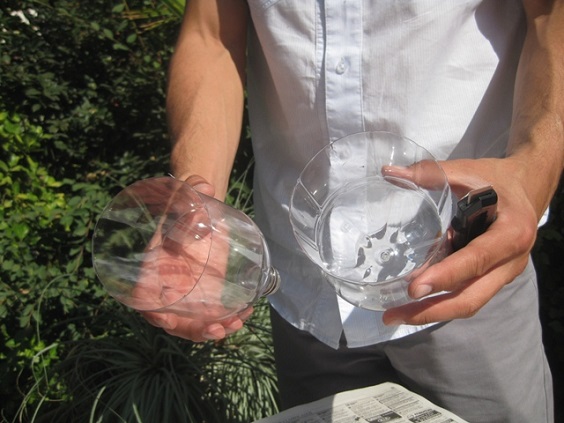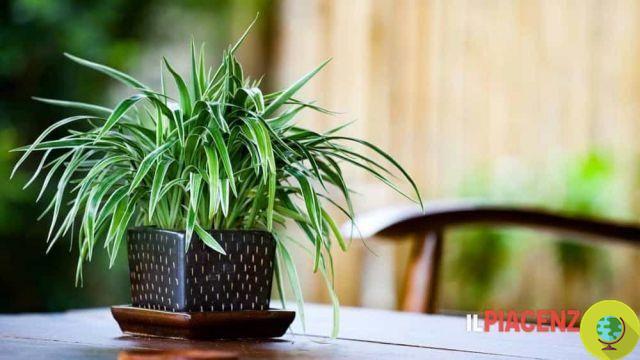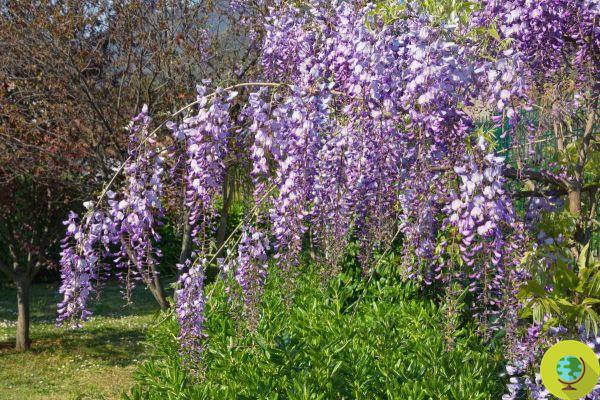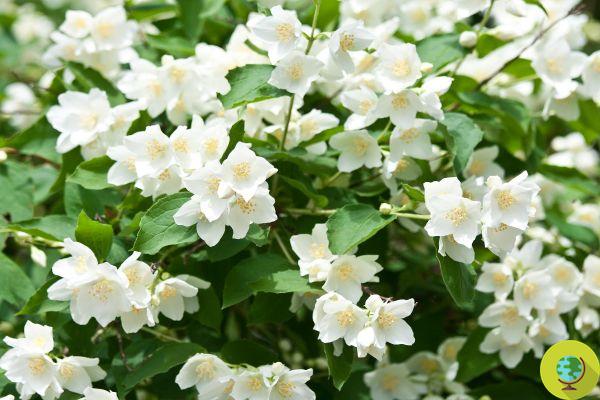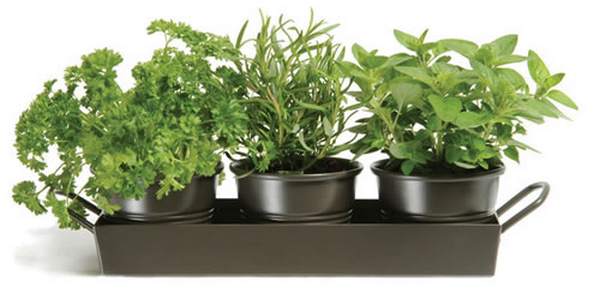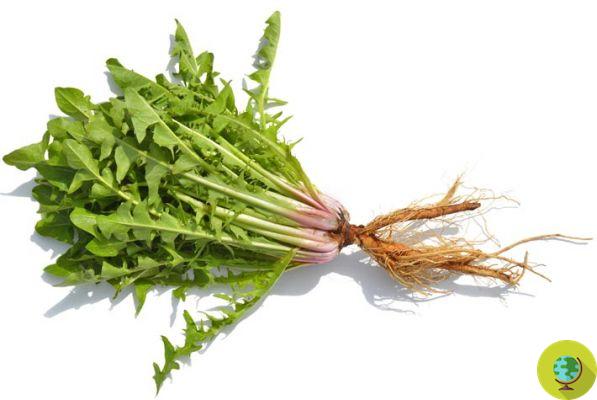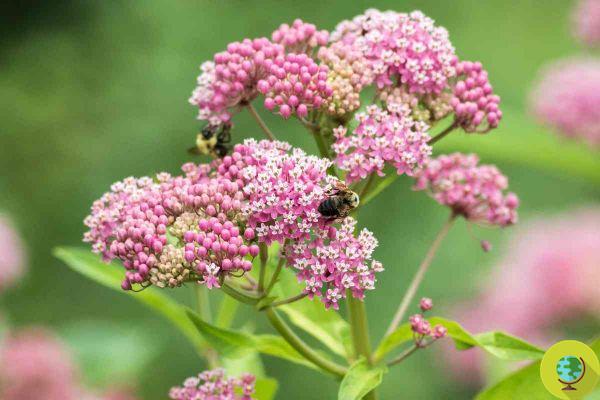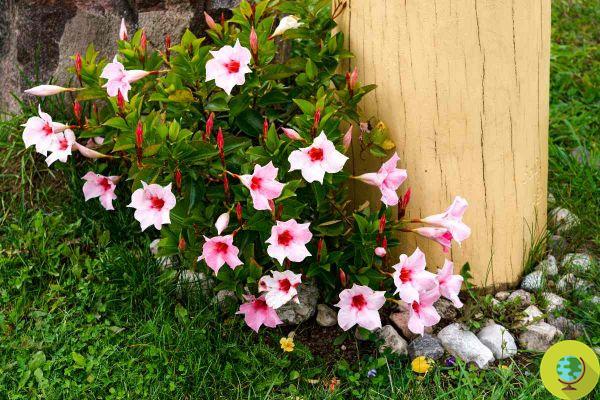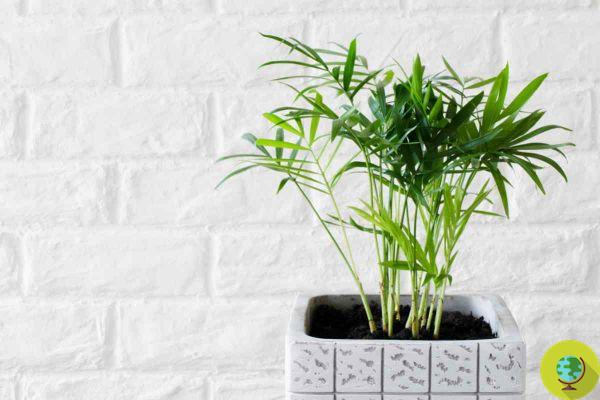Late September and early October is the right time to plant saffron bulbs in our terrace pots
He is about to end up run over, his mother saves himLate September and early October is the right time to plant saffron bulbs in our terrace pots
Yes, because this is the definition used when talking about this wonderful and precious plant: the Crocus sativus, from which we take the saffron.
If we are lucky enough to have received some bulbs as a gift or we know some reliable grower to buy some from, we still have time to plant it. The mild climate of this season, which seems to last until the beginning of October in most of the peninsula, is perfect for planting. We must know that the only way to reproduce this plant is through its bulbs. Since the flowers are sterile, that is, they do not produce seeds and therefore fruits. In spring, when the life cycle of the mother bulb runs out, the new one begins. In fact, inside there are several buds, some will give life to flowers and leaves, others to bulbs that for correctness we will call corms. (Saffron: all uses and how to buy it)
Without claiming to become large-scale saffron producers, if we only want to enjoy the extraordinary beauty of this plant, we can try our hand at this simple operation.
How to bury the bulbs
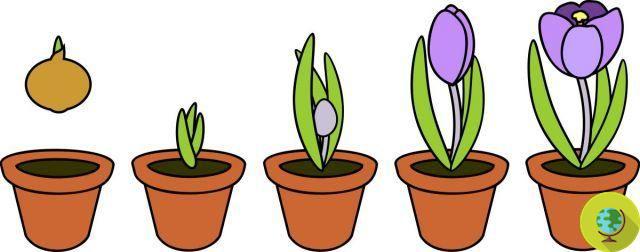
Kazakova Maryia/Shutterstock
If we have corms with an average size of about 2,5 cm, let's get a balcony large enough to be able to space them 10 cm from each other. Furthermore, we must be careful to use a good soil, rich in nutrients but sufficiently light and draining otherwise the new plant risks having too much effort to emerge from the ground.
The corm has a flatter underlying part, from which the roots will arise while the upper side has some tufts of dry leaves. This is the side that must be positioned upwards exactly straight. Even a slight inclination will put the plant under excessive stress in the growth phase to find its way to the light. It will be sufficient to make a sufficiently large hole at a depth of 6-8 cm, insert the corm and cover without pressing too much.
The characteristics of the saffron plant
If the vase with the bulbs / corms is planted in a sheltered place, already in the month of January, February at the latest, we could see the first leaves appear. These have a bright light green color and a lanceolate shape. They almost look like long stalks of grass.
In a very short time, we will also be able to see the flower bud. This is presented in a beautiful lilac color that tends to purple with contrasting red stigmas inside. A true masterpiece of nature.
The stigmas are the upper part of the pistils where the precious powder is concentrated and where the molecules of Picrocrocin and Safranale are contained which give the spice its characteristic aroma. While it is a carotenoid, the Crocina, which gives the typical golden color, which for millennia has been used to pigment fabrics and give color to dishes.
Furthermore, if we want to remove the stigmas from our plants, it will be enough to dry them in a cool and dry place before they can be used in the kitchen.
Follow us on Telegram | Instagram | Facebook | TikTok | Youtube
On saffron you might also be interested in:
- Saffron, the most precious ingredient in the world: the spectacle of flowering (PHOTO)
- Autumn colchicus, how to recognize the false toxic 'saffron'
- Alzheimer's: a possible cure from saffron
- Saffron: 10 recipes to enhance it beyond risotto
- The red gold of Abruzzo





